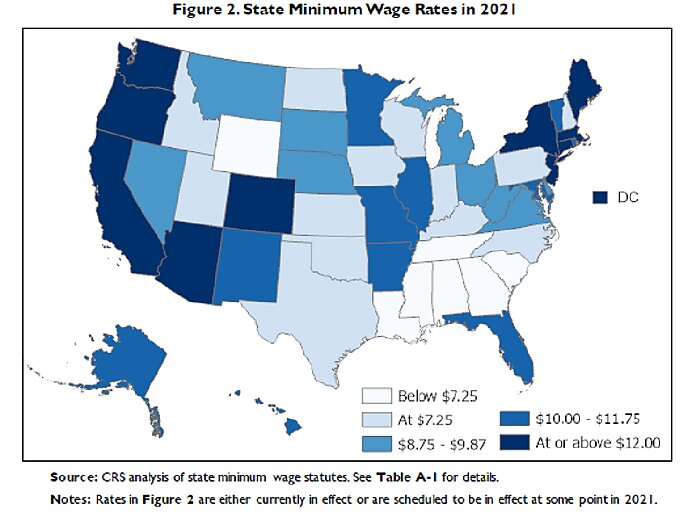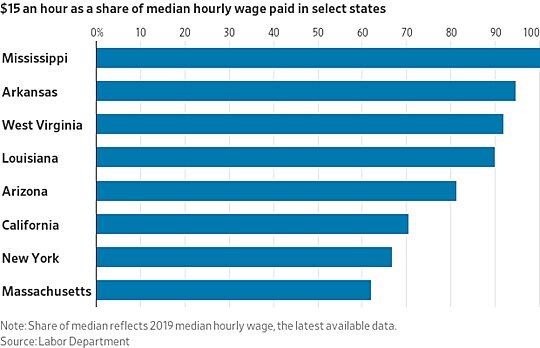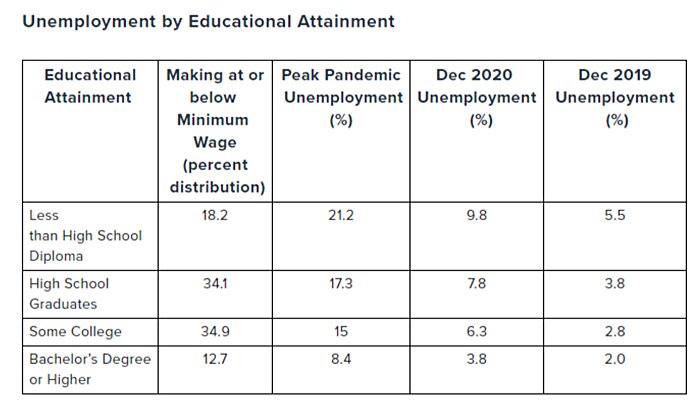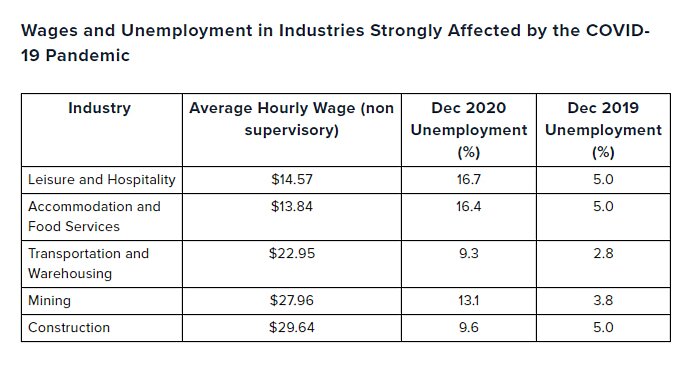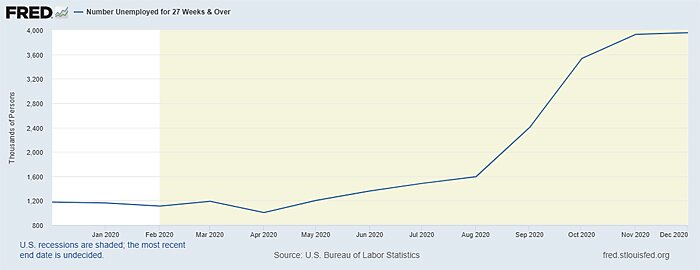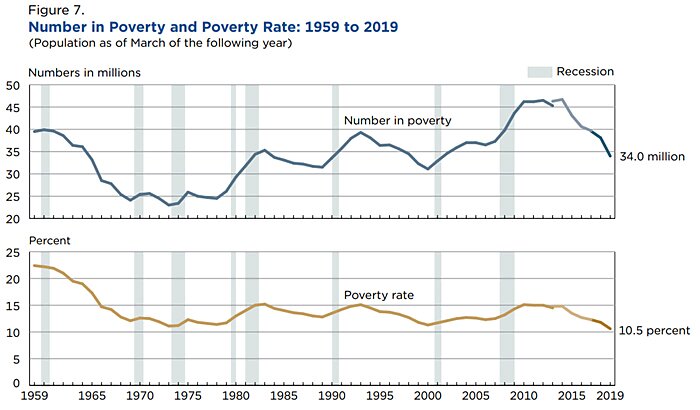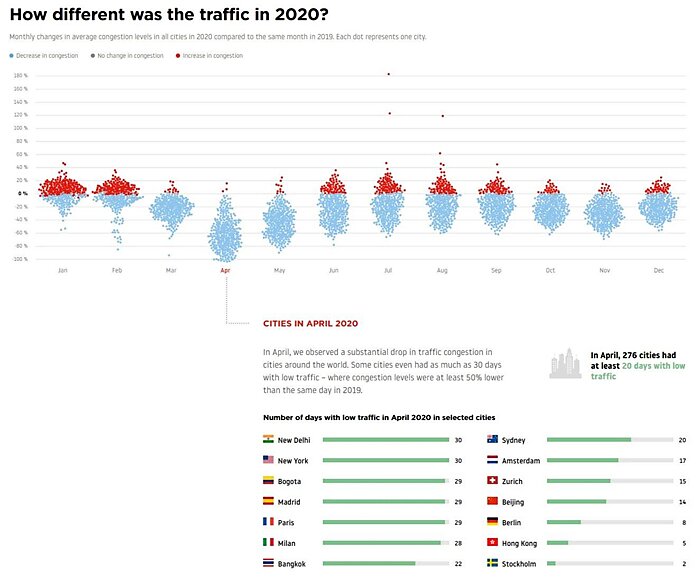CRS details in a subsequent section that only six states (California, Connecticut, Illinois, Maryland, Massachusetts, New Jersey) and the District of Columbia have currently scheduled a statewide $15 an hour minimum wage by 2025. New York applies the wage to certain areas and employers, and two other states (Florida and Virginia) will hit $15 an hour in 2026.
Thus, the Raise the Wage Act would undoubtedly have a large impact—both immediately and over the next four years—for workers now making less than the proposed new minimum wage.
And Then What Will Happen?
Sowell teaches us that it’s imperative to think past “stage one” (here, the aforementioned wage increases). And that’s where the minimum wage debate really begins.
For years, it was widely accepted that minimum wages benefit certain low-wage workers directly but have significant additional costs—most notably higher prices for consumers and depressed employment for low-skilled workers whose wages suddenly exceeded their productivity (thus making them unprofitable for their employers). Recently, however, news reports, non-profits, and some left-leaning economists like Paul Krugman have begun to say—based on a handful of new economic studies—that raising the minimum wage doesn’t actually “cost jobs” or have other “large employment effects that some economists feared.” Indeed, one EPI economist recently urged policymakers “to pursue higher minimum wage levels … because past increases were effectively costless.”
Unfortunately, however, these readings of the economics literature tend to understate or misunderstand the downsides—in “stage two” and beyond—of minimum wage hikes. For starters, the vast majority of economic papers still find that minimum wages cost jobs, as shown in a new paper from economists David Neumark and Peter Shirley that examined every published analysis of the impact of minimum wage hikes on U.S. employment outcomes since 1992. My Cato colleague Ryan Bourne summarized these findings in a recent blog post:
-
The overwhelming majority of papers analyzing the U.S. estimate a negative effect on employment [i.e., fewer jobs or hours] of minimum wage hikes (79.3 percent of them). In fact more than half of all papers have a negative impact that is statistically significant at the 10 percent level or more.
-
The negative impact is stronger for teens, young adults, and less‐educated workers, and especially strong for directly affected workers (those who see their wage rate increase automatically through the policy).
-
There is no evidence of these impacts becoming less negative in studies from more recent years.
Thus, there is still plenty of evidence that minimum wages cause “disemployment” effects, particularly for young people (who are specifically targeted by the Raise the Wage Act) and particularly when the wage hike is significant (see., e.g., what happened in Puerto Rico in the late 1930s).
Second, it’s imperative to understand all of the other channels through which minimum wages can work, beyond simply the number of jobs at issue. A 2019 analysis from the Congressional Budget Office (starting around Page 9) does a good job explaining these various effects, which include:
Worker effects. As Brian Albrecht recently explained, there are plenty of ways (“margins”) that workers can be adversely affected by minimum wages, even without overall employment levels (number of jobs) changing. This includes not only reduced hours, but also less-measurable things like fewer fringe benefits or job perks; harsher working conditions (e.g., having to work harder or having stricter manager oversight—great Twitter thread on that here); and fewer new hires (as opposed to layoffs). Jeff Clemens’ 2019 review of the literature finds these results to be common in the United States and elsewhere. Also, because it’s difficult for economic models to capture all of these variables (often due to a lack of data), both Albrecht and Clemens note that an empirical paper might conclude that minimum wage hikes didn’t hurt workers, simply because it didn’t account for the channel through which the worker was being hurt. In other words, it’s more likely that economics papers understate, rather than overstate, the costs of minimum wage hikes for certain workers.
Firm effects. Minimum wages also can affect the behavior of certain firms, particularly small businesses or ones that employ a disproportionate share of low-wage workers (e.g., fast food). As Cato’s Chris Edwards noted last week, small businesses tend to pay less than big ones, and research shows that they take a particularly hard financial hit (lower bank credit, higher loan defaults, lower entry and higher exit rates, etc.) from national minimum wage hikes. Given, as we discussed a few weeks ago, that “Big Box” and e‑commerce retailers like Amazon already pay about $15 an hour (or even more), it’s no surprise that the Big Boys are once again lobbying for minimum wage hikes that might hurt their smaller competitors:
